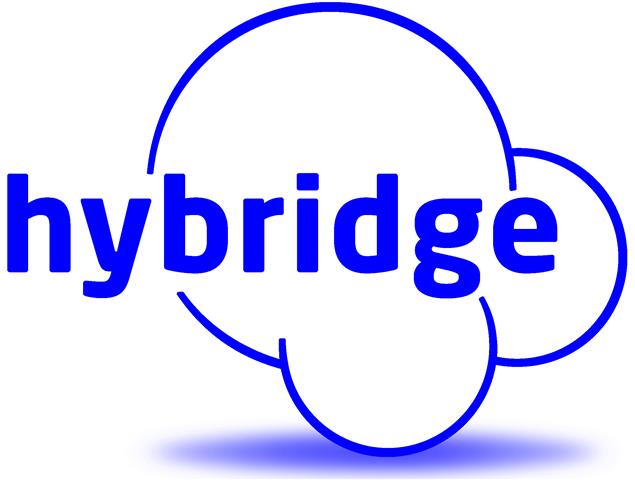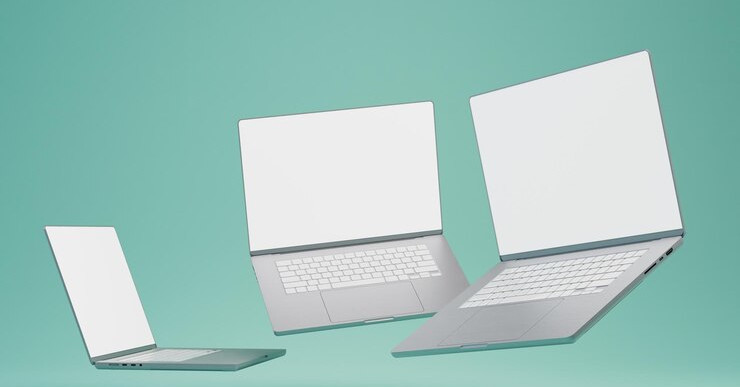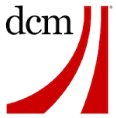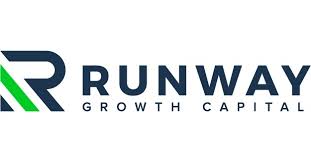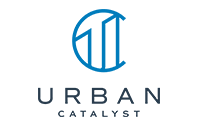IT asset management (ITAM) is a crucial part of any organization's strategy to oversee and manage the security and lifecycle of its technology assets. The IT assets that a company typically keeps track of fall into two main categories: hardware assets and software assets.
Hardware Assets
These are tangible items that are used within the organization. Examples include:
- Computers: Desktops, laptops, servers, and workstations.
- Mobile Devices: Smartphones, tablets, and handheld devices.
- Networking Equipment: Routers, switches, hubs, modems, and firewalls.
- Audio/Visual: Zoom/Teams Rooms
- Peripherals: Monitors, keyboards, mice, printers, and scanners.
- Data Center Equipment: Servers, storage devices, power supplies, cooling systems, and rack units.
- Specialized Equipment: This might include point-of-sale systems, kiosks, medical equipment, and other specialized hardware related to a particular industry.
Software Assets
These refer to the intangible software applications and tools used within the organization. Examples include:
- Productivity Suites: Microsoft Office, Google Workspace, etc.
- Business Applications: ERP systems, CRM software, finance, and accounting software.
- Development Tools: IDEs, version control systems, and testing software.
- Database Software: Oracle, SQL Server, MySQL, etc.
- Virtualization Software: VMware, Hyper-V, etc.
- Security Software: Antivirus, firewall, and intrusion detection systems.
- License Keys: It's important to manage the licenses associated with each piece of software.
Why is IT Inventory Tracking Important?
- Financial Management: Understanding the total cost of ownership (TCO) and return on investment (ROI) of IT assets helps in budgeting and forecasting, and often hardware should be depreciated and written off when retired.
- License Compliance: Properly tracking software licenses ensures that the organization is not under-licensed (risking legal implications) or over-licensed (wasting money).
- Optimized Utilization: Tracking ensures that resources are not sitting idle or underutilized, which can result in cost savings.
- Security: Keeping an inventory helps identify unauthorized or rogue devices and software, reducing your attack surface.
- Disaster Recovery: In case of disasters or system failures, having an updated inventory can assist in a quicker recovery process.
- Lifecycle Management: It helps to plan for upgrades, replacements, and decommissioning of outdated equipment.
- Vendor Management: Keeping track of warranties, service level agreements, and vendor contact information can be crucial for timely support and maintenance.
- Decision Making: Provides data-driven insights for strategic decisions related to IT procurement, deployment, and management.
- Auditing and Reporting: An updated inventory is essential for internal or external audits, and it aids in compliance with regulatory standards.
There is a cost to tracking assets and it requires a process, ownership, and often technology to properly track assets. Companies may make strategic decisions to include or exclude certain categories of assets from their inventory tracking. For example, it may be more costly to keep track of keyboards and mice than to replace them or you may decide that hardware under $100 is not worth tracking.
Hybridge monitors, manages, and keeps track of all computers for our clients. We do not track peripherals but can give you a full account of your computers and servers. This is one of the reasons why keeping spares, Zoom, or dedicated non-user computers in device compliance is key to the overall inventory tracking solution. All computers must be accounted for to have a full view of your infrastructure. Furthermore, any computer not proactively managed and secured should not connect to your network since it could put the rest of the infrastructure in peril.
Effective asset management results in cost savings, improved efficiency, and minimized risks. If you are a Hybridge client, your computers are tracked and monitored by our team. If you have questions, please reach out to us at info at Hybridge.com.
Share this blog:
